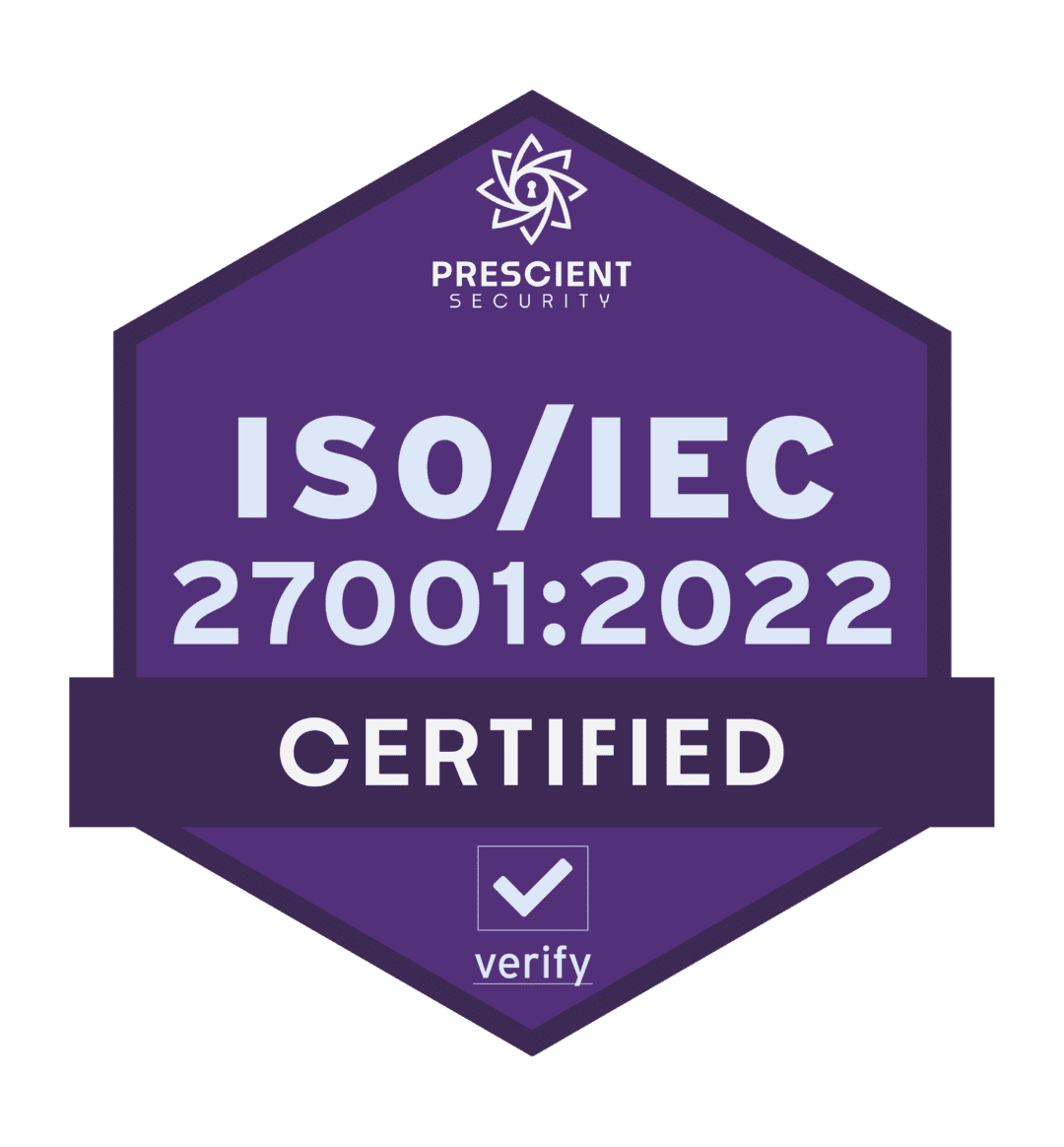Franz Sauerstein
How one e-commerce consultant from Germany experimented with email marketing, then used what he learned to help his clients scale their businesses. This is Franz Sauerstein’s story about Pushing Send.
Franz Sauerstein is a sought after email marketing strategist for e-commerce brands in Europe. And he’s learned how to navigate the pitfalls that often come with following best practices.
Key Points From This Episode:
- Franz explains that if weren’t for email he wouldn’t have a business. He cultivated each of his customers from writing them personally. He still uses this practice with brands he really wants to work with.
- Using segmenting and treating each industry separately has been a powerful tool when Franz works with clients.
- Business really picked up when he began using a marketing funnel versus only relying on social. People felt like they had gotten to know him through his emails and a working relationship came naturally.
- Franz talks about how one of the challenges he faced was experimenting with everything he learned from the experts at the time and that it could be really difficult to filter out what would really work.
- Bryan and Franz discuss how there is no one size fits all strategy and what works for one market might not work in another.
- Franz talks about what he’s learned from US marketing trends and what can translate over to be used in Germany and what he’s learned from the pros in Germany, as well.
Tweetables:
“If I want to work with a brand, I will try several things to get on their radar before getting on a call with them, I will tear down their website, review it, give them feedback and show them what they could do better.” – @FranzSauerstein
“The single best thing I’ve done to extract the maximum value out of my email list is really to think about what I’m sending them and rethinking it quarterly.” – @FranzSauerstein
“Start with a baseline because, you know, okay, I haven’t changed this variable and I haven’t changed the rest of the variables. So there must be something I can do to improve this.” – @FranzSauerstein
“There’s a reason the greatest direct response copywriters worked in the US and figured out how copy works and why we still use those principles and refine them. So it’s like, yes, it’s different. But it’s also the same.” – @FranzSauerstein
Links Mentioned in Today’s Episode:
Episode Transcript
Franz Sauerstein:
In my opinion, the single best thing I’ve done to extract the maximum value out of my email list is really think about what I’m sending them and rethinking it like quarterly. And as people went through the emails, it was like they got to know me and which kind of services I offer in a new way. They were like, Hey, I’ve read about your approach to content marketing. It seems to make a lot of sense. Can we talk about it? And there was when a problem started showing up, because I had to start to turn people down.
Bryan Kelly:
From rasa.io, the tool for sending smarter and better email newsletters. This is Pushing Send, a show featuring people who send emails their subscribers actually want to read. I’m Bryan Kelly, and on today’s show how one e-commerce consultant from Germany experimented with email marketing, then used what he learned to help his clients scale their businesses. Here’s Franz Sauerstein. What type of impact has email had on your business?
Franz Sauerstein:
Well, to be honest, if it wouldn’t be for email, I wouldn’t have a business. The difference between email marketing and one-on-one emails is kind of fluid for me. Of course, it’s not legally kind of fluid. That would be a shame. However, when I started out, I used to write newsletters, curated newsletters to each of my prospective clients by hand, and was digging through the internet and being like, Hey, based on our last conversation or based on what you shared on Twitter or what you shared on LinkedIn or Xing, which is a German LinkedIn clone, or just based on what I’m seeing on your website, this article could be very helpful. Interesting for you to hear my thoughts about it. And it was like something that you did for the first year of doing business, just writing like 20 curated newsletters by hand to my dream clients and started to land them, but just showing up.
Bryan Kelly:
Wow, that’s incredible. Are you still doing that or have you evolved?
Franz Sauerstein:
I’ve evolved away from that. However, there are some certain circumstances where if I really, really, really want to work with a brand, I will try several things to get on their radar before getting on a call with them, I will tear down their website, review it, give them feedback and show them what they could do better or what they could implement in a split test. Whichever obviously sent via email. Sometimes I will do exactly that tactic and pull together articles they may not have heard about because it’s slightly out of the industry or out of their area of expertise and send it to them to three different ones in a row. And sometimes if all fails and I still really, really want to work with them and also not getting them on the telephone, I will print out that email and send it by letter.
Bryan Kelly:
Now what you’ve described is not common practice. So where did you learn this particular approach from?
Franz Sauerstein:
I first heard about that and saw the power of it in action when I was a client of Brennan Dunn, I later worked with him on one of his projects and when he started out and he started using Drip, which is an email marketing tool and he started segmenting people by industry, whether someone was a developer or designer. And I was thinking, well, that makes a lot of sense because some of their are clients are e-commerce businesses like traditional e-commerce businesses. Some are dropshippers, some are direct to consumer e-commerce businesses. But on the other hand, they’re also SAS businesses, which deal with e-commerce clients, which also approached me because they think, well, this guy knows a thing or two about e-commerce store owners. So he may be able to help us with the marketing of our software as a service product. And of course it makes a lot of sense to treat those people differently. And I think that was in 2017, when I got really serious about that.
Bryan Kelly:
Was there a moment when you first realized the power of email to grow your business?
Franz Sauerstein:
Yes. So, the first time that happenedI wasn’t totally on board with email yet. It was 2014. So roughly a year after I started my business and we’re still on the train. Okay. You even need to have a big list because all the gurus, uh, were preaching you need a big list or it doesn’t work. And also 2013 was still the high time of organic social. And so I was like, well, why should I get the email? People are hanging around on Facebook or whatever it was the Tik TOK of its time back then. So why shouldn’t I just cut out the middleman and contact people over that directly? However, all of that flipped on its head when I started setting up an evergreen email funnel and just let it run. People opted in to my email marketing funnel. And suddenly I had a request for proposal for a project, which was like around eight K in revenue from a person I’ve never heard in my entire life. But when I had the onboarding call, the first free consultation call with them, I wanted to go all over that stuff. How I think about marketing, how, what seems to be missing? And they were like, yeah, I know I’ve read your emails. Yeah. You mentioned that. And it was like, they had a full on conversation with me before, like hours of conversation, but I didn’t even know that person then that was when it really hit me. Wow. This is powerful. I should do more of that. And the second revelation came for me when I was starting to sell my book and used Facebook ads to direct people, to follow some content on my, on my website, which then re-targeted or re linked them to a content upgrade, which opted people into my email marketing funnel, which qualified them to the book. And I sat down with my wife to have some dinner and suddenly my phone went off like three times, I was like, okay, interesting. Usually it didn’t know the notification sound because it was from a app which never notified me before. And it found out it was people who bought my book and it didn’t recognize any of the email addresses. I was like, wow, this worked on autopilot. The first of this purchase purchases paid for our dinner. The other two were a nice bonus. I was like, okay, there must be a way to build a business out of this and there must be a way to the business out of this for clients.
Bryan Kelly:
When we come back, Franz describes the struggles he’s faced after realizing the power of email in building marketing campaigns for himself and ultimately his clients. I’m Bryan Kelly. And you’re listening to Pushing Send from rasa.io.
rasa.io:
Creating email newsletters takes a lot of time. You might curate articles, write content, tweak your template, and look up metrics and not to mention you’re probably doing all of this once a week. Well, at rasa.io, we said enough and built a free tool to simplify the process, which saves you time. It also uses AI to personalize emails for each subscriber based on their interests. That means they get stuff they like to read. Want to see how it works? Visit www.rasa.io and click how it works.
Bryan Kelly:
Welcome back to Pushing Send. I’m Bryan Kelly from Franz Sauerstein is a sought after email marketing strategist for e-commerce brands in Europe. And he’s learned how to navigate the pitfalls that often come with following best practices. Here’s Franz sharing more of his email story with me. So what struggles did you face going from the moment where those three emails came in while you were at dinner with your wife to building a more robust email marketing program?
Franz Sauerstein:
I think it’s a journey and it’s still a journey. I remember that I sat down next day and searched for all recommendations by people likeJonathan Stark, Brennan Dunn Craig Eldster the Kai Davis, a lot of guys, look everything, which was in any kind, really related to email marketing and even marketing automation. And I had this like burning curiosity and drive to, to make it click, get it. And I worked through all different kinds of resources and it was hard at the beginning to differentiate between what is actual solid advice, what makes sense and what is just people bullshitting about the successes or email marketing or stroking their ego. That was like really hard. So that was a big problem at the beginning. I wish there would be a better solution, but how I did it was what follow select people who I met at conferences or had a chance to talk personally to. And then we went through that, did my own experiments. So what worked, what didn’t work and then replicated what worked for clients. And that’s how my understanding of email marketing and email marketing strategy happened to come together.
Bryan Kelly:
You know, the dangerous thing is when people believe that you can take strategies and tactics from one market and plug them into another and then expecting it to do the same exact thing, it just doesn’t happen that way. So I’m curious, have you seen this yourself since you’re working with a few different types of businesses?
Franz Sauerstein:
So for example, one client of mine sells beer, which is obviously a rather low ticket item. Another one, sells designer, vintage furniture is obviously a rather high ticket item. So using the same email marketing strategies, tactics, cadence, frequency, content wouldn’t work. However, I do like to use a systems thinking approach when dealing with this problem. So systems thinking is a method to think about systems. Our assistant is like a black box. You can either open it and look inside and try to understand what happens or you just keep it closed overwhelmed at options. If you take a running system, for example, from one client and use this strategies and tactics for another client, you can do that. But by moving, you’re changing the inputs and by changing the inputs, you’re changing the output. So if it works or not and where it works and where not, and it’s an interesting approach to use because this allows you then to draw hypothesis out of the change in behavior. So for example, if you are using a seven part or 10 part welcome sequence for an e-commerce client for a low ticket e-commerce client, and you fire that sequence off over the course of, let’s say a month or three weeks, that can work because B is more likely to be an impulse purchase than a strategic purchase. However, if you do the same for the furniture company, it won’t work because people are a looking up furniture over a long time. B sometimes they are looking at furniture because they are planning to move sometime in the future. And they’re thinking about when to buy it. And so that would make sense, however, by using the same construct, seeing how it works and then optimizing from there, you start with a baseline because, you know, okay, I haven’t changed this variable and I haven’t changed the rest of the variables. So there must be something I can do to improve this.
Bryan Kelly:
You’ve mentioned a few of the influences you’ve had regarding email, as well as email copywriting. And many of them are from the United States, since there’s a nuance to language, how do you take those concepts and translate them in order to build email campaigns for German speaking audiences?
Franz Sauerstein:
I think this is a fascinating question. Some context, I’ve learned a lot of strategy and tactics from the U S folks. So to speak, however thinking about marketing as a system, and thinking about marketing as educating potential customers on a large scale and selling as listening to customers, very intensively, and then figuring out what the best solution to the problem is is something I picked up from Kai Cuts, who is like a, if you’re doing marketing in Germany and you any good about it, you’ve probably heard about him. Cause he’s like this mythic figure. He’s like super nice guy, probably two and a half meters high, probably 200 kilograms, a little giant and so gentle. And he brings this gentleness to his approach, to marketing and to dealing with humans. And that’s sometimes in stark contrast to what comes from DBS crosses to ponds and comes to Europe. If you would use specific tactics in the German speaking world, they would definitely fall flat. You can’t just use everything from over, over there and use it here. On the other side, the principles remain the same. There’s a reason the greatest direct response copywriters worked in the US and figured out how copy works and why we still use those principles and refine them. So it’s like, yes, it’s different. But it’s also the same in some kind to end with one example. When I went to three years on, uh, on the exchange program, I didn’t know that, hi, how you doing? It’s just a courtesy question. So I was like always telling people about my day, because I was like, Oh, this person is really interested in how I am doing it complete strangers. I was like, Oh, this is a really nice coffee shop employee. And in contrast, if you ask how you’re doing in Germany, people were depending on how well they know you, either look at you, like you’re crazy or tell you their whole life story. If you are like close friends with them, I love the difference in culture and the difference in, in people, in society. It adds so much.
Bryan Kelly:
Yeah, I totally agree. Well, earlier in our conversation, you said something about the use of third-party content. Why have you found that introducing this type of content is helpful?
Franz Sauerstein:
There’s two sides to that. One side is that I, or my client’s business, can’t be the expert on all topics in their specific niche. It’s just not possible. And it doesn’t make sense economically. By referring to third-party content and showing people interesting content. You’re also coming across as humble and genuine. It’s a good look. And the other side to this is if you see that a specific kind of content, it’s really interesting to your customers, but you don’t have it on your website and it didn’t come up while you were doing your search engine optimization analysis or keyword research. And it would start looking into that if that’s maybe something people are indeed looking for, but in a different way. And maybe it makes sense to create an original piece of content about that. So it’s also, it’s a. Brand building the leveraging of us content and b. Very, very cheap customer research. And we’d love it. If there would be a tool or something that hooks up hooks up with email marketing automation tools and lets me define some topics and then it will just automatically fetch content and push it into my emails and give me a report of what people like to read. If only there would be something like that. Yes.
Bryan Kelly:
Maybe an email newsletter tool that uses artificial intelligence to personalize every single newsletter. Uh, Coming up on our next episode, we’ll hear from Ryan Jenkins, a millennial and gen Z generations expert. Who’s used email to grow his speaking and consulting business. You won’t want to miss what Ryan and I discuss next week. So if you’re listening to pushing sin for the first time, be sure to subscribe at Apple podcasts or wherever you’re listening so you don’t miss an episode. And if you’ve enjoyed what you’ve heard and encourage you to check out a few other episodes while you’re here. Lastly, leaving a review will help us share these stories with others, just like yourself. So thanks in advance for doing that. I’m Bryan Kelly, and you’ve been listening to Pushing Send from rasa.io.














